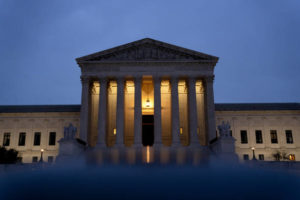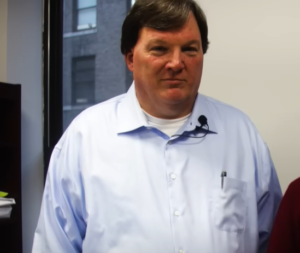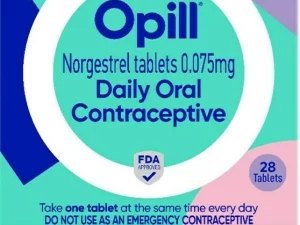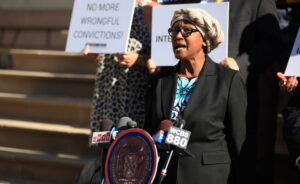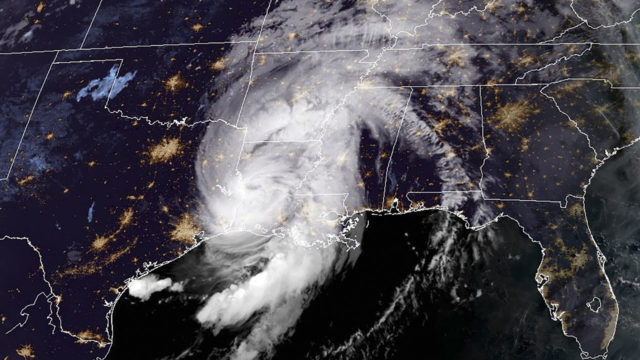
Image Credit: Handout / NOAA/GOES / AFP
Baton Rouge – At 1:00 a.m. on Thursday, August 27, Hurricane Laura roared onto the shores of Louisiana and Texas. According to the National Hurricane Center, Laura clocked in at 150 miles per hour, surpassing the strength of Hurricane Katrina in 2005. What surprised many about this current storm, is that it quickly elevated from a tropical storm to a Category 4 hurricane — overnight. Hurricane Laura rolled through with considerable damage, leaving many residents without power and water for the foreseeable future.
Phil Klotzbach, a hurricane specialist at Colorado State University, said Hurricane Laura is tied with the 1856 Last Island Hurricane for the strongest winds to make landfall in the state of Louisiana. A second weather event, Tropical Storm Marco, was originally tracked to reach land, but the storm lost strength in the Gulf of Mexico.
At the time of publication, at least ten people have died from Hurricane Laura’s devastation. One person drowned, four people died when trees fell on their homes, and three people succumbed to carbon monoxide poisoning from generators.
As of August 30, the Federal Emergency Management Agency (FEMA) gave Individual Assistance grants to six Louisiana parishes: Allen, Beauregard, Calcasieu, Cameron, Jefferson Davis, and Vernon. These grants provide for short-term housing and home reparations, loans for uninsured property lost, and other programs aimed to help individuals and businesses.
On August 28, Louisiana’s Governor John Bel Edwards wrote a letter to President Trump requesting emergency aid for 23 parishes affected by the hurricane. 17 parishes have yet to receive financial assistance from FEMA.
“For the people in other parishes that were impacted, but not yet approved for aid, please know that we will continue damage assessments and do expect additional parishes to be authorized. We will fight for all Louisianans who were in Laura’s path to get the assistance they need to recover and rebuild,” Governor Edwards said in a press release.
In his Republican National Convention speech last week, President Trump said he would visit the areas impacted by Laura over the weekend. On Saturday, August 29, Trump went to Texas and Louisiana to survey damage.
The hurricane touched down in “swampy” areas in Cameron Parish, Louisiana, and in nearby Lake Charles the hurricane was recorded to have its highest wind speeds, according to the Wall Street Journal. If the storm had made landfall some few miles west, the storm could have wreaked havoc on the Gulf Coast’s chemical and oil facilities at the border of Louisiana and Texas.
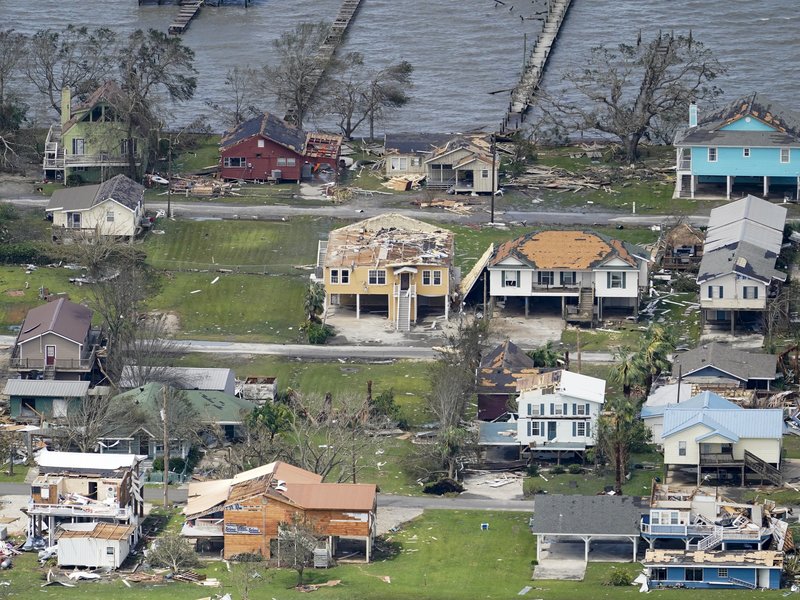
According to Lake Charles’ Mayor Nic Hunter, Lake Charles remains without electricity and has very little water. Additionally, there are no hotel rooms available. He added that “every sizable building in Lake Charles has been damaged severely.” With all this storm-related damage, how can Texas and Louisiana, also squeezed by a global pandemic, come together and rebuild what their citizens have lost?
Louisiana residents in any of the mentioned parishes are encouraged by state officials to request aid from FEMA. To do this, Louisiana residents must first contact their insurance companies to file claims relative to any storm damage. Secondly, residents must register with FEMA either by phone, at 1-800-621-3362, or online at www.disasterassistance.gov.
Thumbnail Credit: Handout / NOAA/GOES / AFP
Sources:
- “Hurricane Laura Exacts Lethal Toll, Causes Widespread Damage”
- “Gov. Edwards Requests Expedited Major Disaster Declaration Following Hurricane Laura”
- “Gov. Edwards: People in Five Parishes Impacted by Hurricane Laura Can Register for FEMA Aid Now”
- Lake Charles Mayor Nic Hunter’s Facebook page (see post August 29)
- “Louisiana Survivors Affected By Hurricane Laura Can Apply For Federal Disaster Assistance”
Lead developer and editor; legal/political reporter for the Current Affairs Times. World traveler. Mac 'n' cheese lover.
